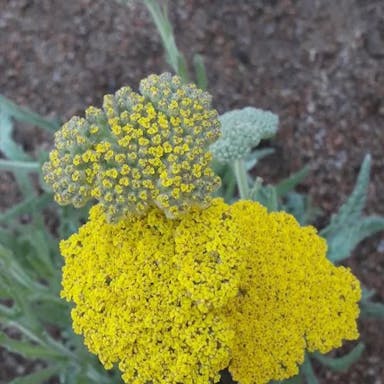Alpine columbine, a plant commonly known as Aquilegia alpina, thrives in cool climates and is well-suited for alpine environments. Spring in gusting wind with frosted trees. However, it may struggle in areas with intense heat, as it prefers cooler temperatures.
To ensure its survival during the summer, Alpine columbine benefits from partial shade or filtered sunlight. It is best to avoid exposing it to direct sunlight for extended periods, as this can lead to leaf scorching.
In terms of sunlight requirements, Alpine columbine prefers moderate levels of sunlight. It thrives in areas with bright but indirect light, receiving around 4-6 hours of sunlight per day. This allows the plant to photosynthesize effectively without being subjected to excessive heat.
When it comes to overwintering, Alpine columbine is generally hardy and can withstand freezing temperatures. However, it is important to provide some protection, such as mulching, to prevent damage to the roots during extreme cold spells.
Overall, Alpine columbine is a cold-tolerant plant that prefers moderate sunlight and cooler temperatures. It is well-suited for alpine environments and can withstand freezing temperatures with proper care during the winter months.











